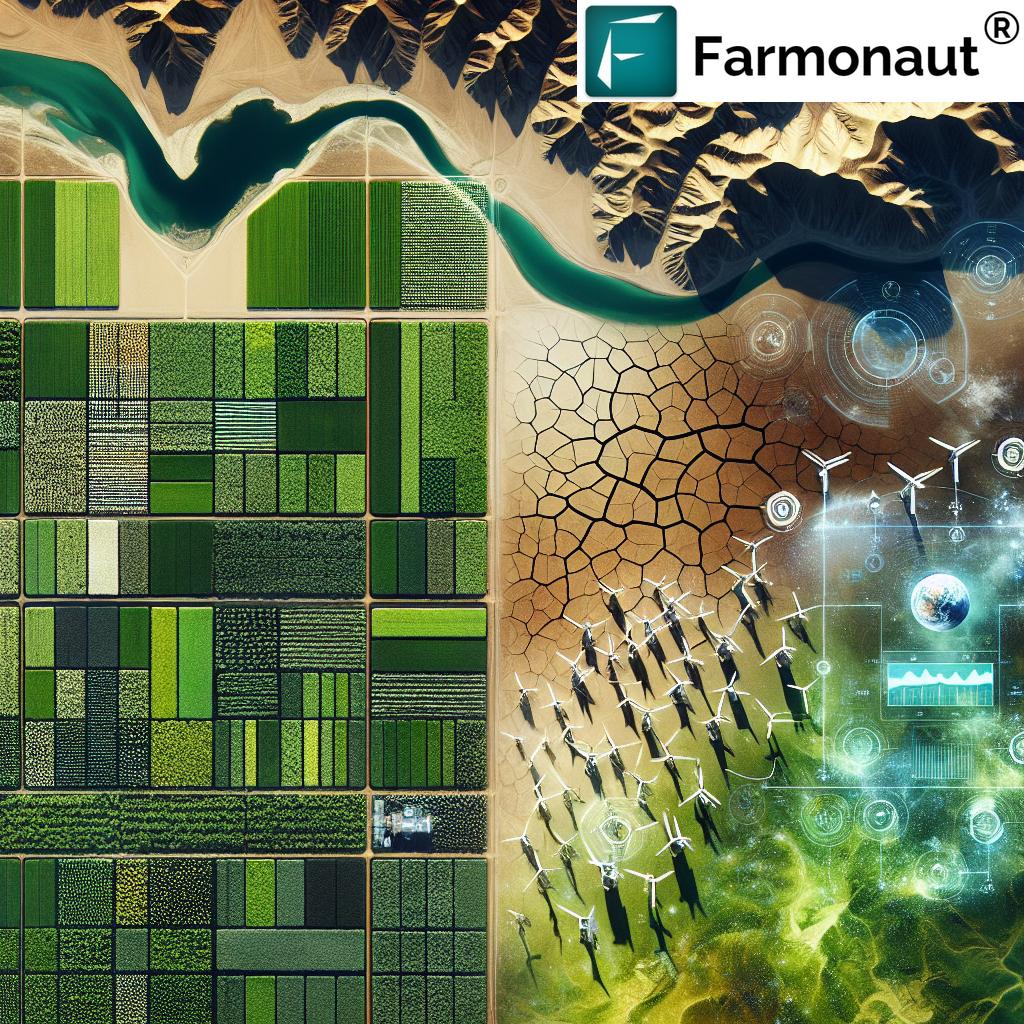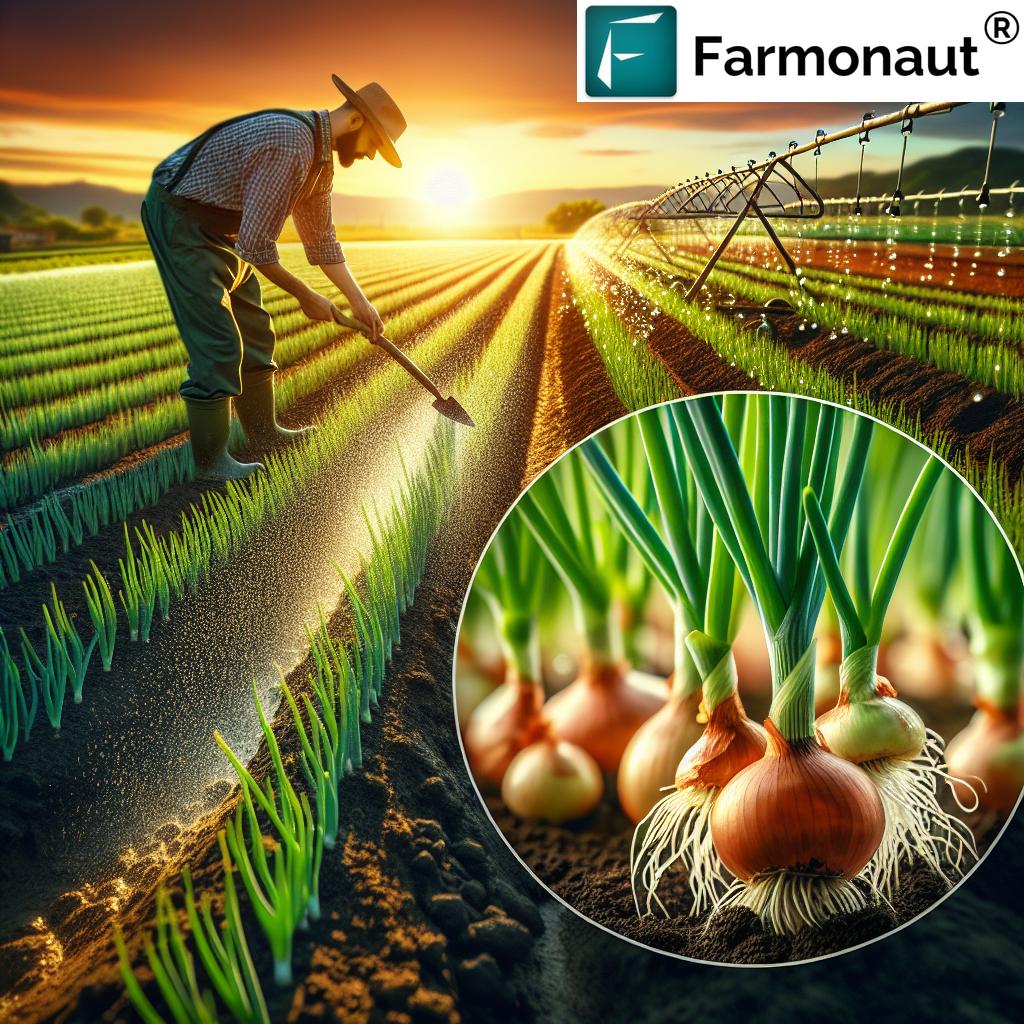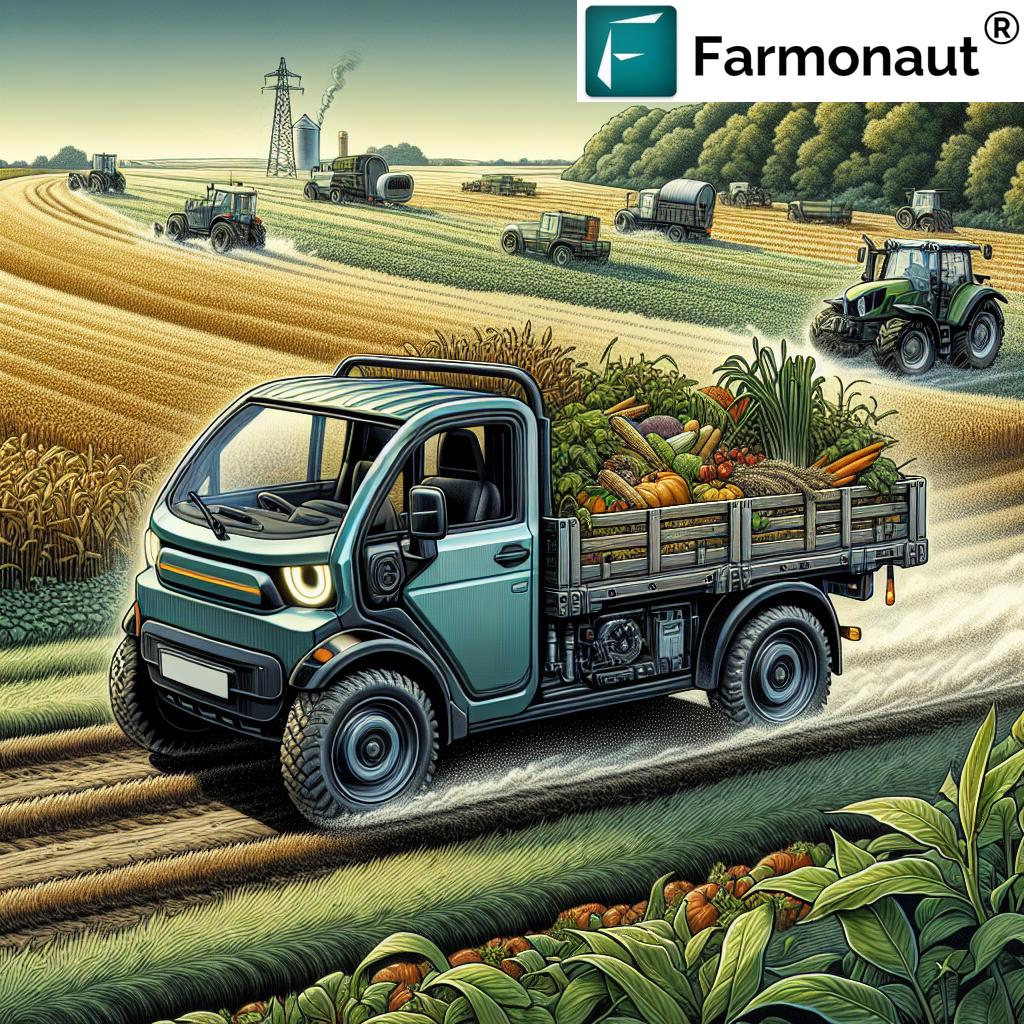“In 2025, over 70% of large farms use GPS tech for precise land preparation and sowing.”
What Are the 4 Basic Processes of Farming? Basics Explained
The Four Basic Processes of Farming: Foundations of Modern Agriculture in 2025
Farming remains the foundation of human civilization, providing vital food, raw materials, and livelihoods for billions of people worldwide. In 2025 and beyond, agriculture continues to evolve rapidly, blending traditional wisdom with cutting-edge technology to sustainably meet growing global demands. However, the core of basic farming—no matter how advanced—relies on four fundamental processes:
- Land Preparation
- Sowing (Planting)
- Crop Care (Management)
- Harvesting
Understanding what are the 4 basic processes of farming is essential for agricultural professionals, students, rural developers, and anyone interested in modern food systems. This comprehensive guide explores each process in depth, explains how modern technology transforms them in 2025, and showcases how satellite solutions like those offered by Farmonaut are revolutionizing resource management and decision-making in the industry.
1. Land Preparation: Laying the Foundations for Productive Farming
What Are the 4 Basic Processes of Farming? — It All Starts with the Land
Land preparation is the first and arguably the most critical step in the four basic processes of farming. This process ensures the foundation upon which all subsequent steps—from sowing to harvesting—are built. Proper land preparation directly affects soil health, moisture retention, and the availability of nutrients—the key ingredients for robust crop germination and healthy roots.
What Does Land Preparation Involve?
- Clearing: Removing weeds, debris, stones, and previous crop residues.
- Tilling/Plowing: Breaking up and turning the soil to improve aeration and structure.
- Leveling: Smoothing out the field for uniform water distribution during irrigation.
- Soil Improvement: Adding amendments like organic matter or lime to correct pH and structure.
These steps ensure seeds can germinate effectively and roots can penetrate deeply to access nutrients and water.
Modern Land Preparation Techniques (2025): Integrating Technology
- Mechanized tools & tractors: Use of advanced, sensor-equipped or GPS-guided machines to plow and level fields efficiently, minimizing labor and time.
- Minimum and zero tillage: Reducing soil disturbance to minimize erosion and preserve soil microbe health.
- Satellite and drone-based field analysis: Modern platforms like Farmonaut’s Crop Plantation Advisory use satellite imagery to provide insights into soil moisture, vegetation health (NDVI), and field conditions for optimal preparation.
Example: In large-scale agriculture in areas like North America, Europe, and parts of India, automated tractors equipped with satellite guidance routinely prepare hundreds of acres with high precision, improving water and nutrient management.
Benefits of Modern Land Preparation
- Up to 60% faster field preparation with GPS-guided tractors
- Reduced soil erosion through minimum/zero tillage
- Lower labor requirements and minimized operational costs
- Data-driven field insights for sustainable management
For those interested in tracking environmental performance, tools like carbon footprinting are now accessible.
Assess how your farm is impacting the environment with Farmonaut’s Carbon Footprinting solution.
2. Sowing: The Art & Science of Planting for Uniform Crop Emergence
Understanding the Basics of Sowing in Modern Agriculture (2025)
Sowing—sometimes interchangeably called planting—is the deliberate act of placing seeds (or seedlings) into prepared soil at the right depth, spacing, and time to ensure uniform emergence and strong crop stands. This process is crucial for maximizing yield and ensuring crop quality.
Common Sowing Methods & Considerations
- Broadcasting: Evenly scattering seeds over the field surface (common in rice, pasture grasses).
- Drilling: Inserting seeds in rows at specific depths and intervals, either with manual or mechanized drills.
- Transplanting seedlings: Used for crops like paddy rice, vegetables, and forestry where young plants are grown in nurseries before field planting.
What Factors Affect Sowing Success?
- Seed quality: Only viable seeds should be used to ensure healthy, uniform crop emergence.
- Planting depth: Each crop requires an optimal depth for best germination.
- Spacing: Correct distance between seeds/rows reduces competition and increases access to nutrients and water.
- Sowing time: Planting during the ideal weather window improves establishment and productivity.
Advanced Sowing Techniques in 2025
- GPS-guided seed drills & auto-planters: Ensure precise, uniform planting at scale, greatly reducing seed wastage and labor.
- Automated data-driven sowing: Platforms like Farmonaut provide field insights to inform optimal sowing schedules by analyzing soil moisture, weather forecasts, and previous crop data.
- Drones: Increasingly used to plant seeds directly in afforestation and forestry sectors, covering difficult-to-reach terrain.
Benefits of Modern Sowing in Agriculture
- 30%–50% improvement in sowing speed over manual broadcast or traditional drills
- Higher germination rates and more uniform stands
- Lower labor cost and minimized human error
- Reduction of seed waste and input costs
- Improved resource management using data-based insights (via satellite monitoring, AI, and weather APIs)
Explore AI-driven advice and real-time weather data to maximize sowing success with the Farmonaut Large Scale Farm Management solution.
3. Crop Care: Management for Health, Pest Control, and Yield
Crop Management as a Core Process: Ensuring the Potential of Every Seed

Crop care—also called crop management—encompasses all activities necessary to ensure crops remain healthy and productive between sowing and harvesting. This ongoing process manages the factors that affect crop health, yield, and quality by optimizing water, nutrient, and pest control.
Key elements in this process include:
- Irrigation: Supplying plants with adequate water.
- Fertilization: Applying necessary nutrients for healthy growth.
- Weed control: Preventing weeds from outcompeting crops for resources.
- Pest and disease management: Detecting and controlling harmful organisms that can impact crops.
- Pruning: In horticulture and forestry, improving airflow or light penetration.
Modern Crop Care Practices: Advanced Technologies
- Integrated pest management (IPM): Using biological, physical, and chemical means together, with a focus on sustainability.
- Sensor-based and automated irrigation: Tools like drip and sprinkler systems, often controlled by AI and weather data, for timely and precise water application.
- Remote crop monitoring: With platforms such as Farmonaut, fields are monitored via satellites for early signs of stress, moisture deficits, or pest attack.
- Drones and robots: Used for targeted spraying, scouting, and data collection.
- Soil testing: Lab and on-site analysis of soil health guide the optimal application of fertilizers and soil amendments, based on real-time data.
“Modern harvesters in 2025 can process up to 100 acres daily, boosting efficiency in the farming process.”
Why is Modern Crop Care So Important?
- Boosts yield and farm profits through early detection and timely intervention
- Reduces input waste by applying water, fertilizers, and pesticides only where needed
- Minimizes environmental impact by reducing chemical overuse and runoff
- Supports sustainable farming in rural areas and beyond
Access real-time environmental impact data for sustainable farming with the Farmonaut Carbon Footprinting tool.
Tip: Interested in automating pest management, irrigation scheduling, or nutrient application?
Explore Farmonaut’s platform with API access for integration into your existing farm management systems:
Farmonaut API |
Developer Documentation
4. Harvesting: Perfect Timing for Optimum Yield and Quality
Harvesting as the Culmination of the Farming Process
Harvesting is the final step among the four basic processes of farming. This process involves collecting crops from the field once they reach maturity—with the timing of harvest critical for both yield and crop quality. After months of diligent work, timely and efficient harvest not only protects the product, but also maximizes farm profits by reducing losses due to over-ripening, pests, or environmental factors.
Modern Harvesting Techniques
- Mechanized harvesters: Modern machines—combines, forage harvesters, and threshers—equipped with sensors to detect crop maturity and moisture content.
- Satellite-advised timing: Platforms like Farmonaut can help determine the best time to harvest by monitoring crop health and weather conditions over vast fields.
- Automated and semi-automated sorting, cleaning, grading, and packaging: Maintaining product quality and food safety from field to warehouse.
Post-Harvest Handling in 2025
- Threshing & Drying: Mechanized and solar dryers reduce crop loss by ensuring grain moisture levels are optimal for storage.
- Cold Storage & Logistics: Temperature-maintained supply chains help preserve perishable crops and extend shelf life.
- Blockchain Traceability: With systems like Farmonaut’s Traceability Solution, every step of the harvest and post-harvest process is logged for food safety and transparency.
Having the right harvest schedule is particularly important in areas subject to unpredictable weather or pest outbreaks—modern data and satellite insights are an asset.
Benefits of Modern Harvesting
- Up to 10x faster harvesting with fewer manual labor hours required
- Moisture-optimized harvest reduces post-harvest losses and maintains high quality
- Traceable produce adds market value and consumer trust
- Automated logistics and fleet management improve efficiency from field to storage/distribution
Comparison Table: Traditional vs. Modern Farming Processes (2025)
| Process | Traditional Method (Pre-Technology) | Modern Method (2025 – With Technology) | Estimated Time/Efficiency Gained (%) |
|---|---|---|---|
| Land Preparation | Manual tilling, animal-pulled plows; labor-intensive; uneven field surface; limited weed/debris clearance. | GPS-guided tractors, satellite soil analysis, minimum tillage; rapid, uniform, and environmentally friendly preparation. | Up to 60% faster with satellite-guided tractors |
| Sowing | Hand broadcasting or simple seed drills; mixed spacing; variable depth; high seed wastage. | Automated planters, GPS seeders, AI-scheduled sowing; optimal placement, spacing, and density for maximum germination. | 30–50% faster; up to 40% better uniformity |
| Crop Care | Manual weeding, spot irrigation, broad fertilizer/pesticide application, visual pest scouting only. | Automated drip/sensor irrigation, drones for analysis, satellite crop health mapping, integrated pest management. | 50-70% less labor; 20% higher yields; reduced input use |
| Harvesting | Hand cutting, gathering, basic threshing; slow, weather-dependent, high crop loss risk. | Combines/harvesters with sensors, supply chain traceability, automated logistics; precise and rapid. | Up to 10x faster; crop losses reduced by 30-40% |
The Processes of Modern Agriculture in 2025 and Beyond
- Soil Testing & Nutrient Management:
- Lab and remote satellite analysis for optimal fertilizer use—reducing waste and environmental impact.
- Genetic Improvement:
- Use of high-yielding, pest-resistant, and climate-adapted crop varieties.
- Agroforestry & Regenerative Agriculture:
- Integrating trees, cover crops, and sustainable rotation into the farming system.
- Precision Digital Agriculture:
- AI, machine learning, and IoT for data-driven resource management, decision support, and risk reduction.
- Blockchain Traceability: Digital ledgers provide end-to-end proof of origin for crops, benefiting supply chains and food safety. Read more at Farmonaut Product Traceability.
- Fleet & Resource Management: Enhance harvest and post-harvest logistics with Farmonaut’s Fleet Management system.
- Crop Loans & Insurance: Satellite-based verification supports access to agricultural lending and insurance. Learn about Farmonaut Crop Loan & Insurance.
How Farmonaut Empowers Basic Farming in 2025
As a pioneering satellite technology company, we at Farmonaut are committed to supporting the four basic processes of farming at every stage. Our solutions, including satellite-based monitoring, AI-driven Jeevn advisory, blockchain-enabled traceability, and resource management APIs, make precision agriculture accessible and affordable for all.
- Satellite-Based Monitoring: Monitor crop health, soil conditions, and field moisture from your desktop or smartphone using multispectral imagery and real-time dashboards.
- Jeevn AI for Advisory: Get immediate, actionable feedback on sowing windows, crop stress, irrigation needs, and pest threats.
- Blockchain Traceability: Verify the origins and history of every harvested lot, increasing market value and consumer trust.
- Fleet Management: Streamline harvest and logistics for large and small farms alike.
- Environmental Impact Monitoring: Track compliance with sustainability standards and encourage regenerative agricultural practices.
Our unified web app, Farmonaut Platform, is accessible anytime from Android, iOS, or browser. Custom integrations via our API enable field-to-cloud management for every user, everywhere.
See integration docs here.
Affordable subscriptions are available for individuals, businesses, and governments:
Frequently Asked Questions (FAQ): What Are the 4 Basic Processes of Farming?
The four basic processes of farming are land preparation, sowing, crop care, and harvesting. These steps form the foundation of any productive agricultural system, ensuring healthy crop growth, high yields, and efficient use of resources. Understanding these processes helps maximize productivity and sustainability in both traditional and modern agriculture.
Q2: How has technology improved the basic farming process in 2025?
Technology—such as GPS, satellite monitoring, AI, and automation—has made land preparation and sowing faster and more precise, optimized crop care, and transformed harvesting. These advancements reduce labor, minimize waste, and increase yields, helping farmers make smarter, data-driven decisions for better outcomes.
Q3: How can I access Farmonaut’s agricultural platform?
You can access our platform via the Farmonaut web and mobile apps. APIs and custom integrations are also available for businesses and developers.
Q4: Are these processes relevant for forestry and plantation management?
Yes. The same four-stage framework—land preparation, sowing or planting, management/care, and harvesting—applies to forestry, agroforestry, and large-scale plantations, with modern technologies offering even greater benefits in remote and challenging environments.
Q5: What role does blockchain play in modern farming?
Blockchain enables traceability through secure, tamper-proof record keeping across the supply chain. With Farmonaut’s traceability solutions, agricultural products can be tracked from farm to table for food safety, transparency, and authenticity.
Conclusion: Building the Future of Agriculture with the Four Basic Processes
As we chart a course through 2025 and beyond, understanding what are the 4 basic processes of farming—land preparation, sowing, crop care, and harvesting—remains the unavoidable starting point for every grower, agronomist, and agricultural innovator. These steps are the timeless cornerstone of human civilization, providing food, raw materials, and livelihoods for billions worldwide.
Modern technology is redefining the way we prepare land, plant seeds, nurture crops, and bring in the harvest—integrating satellite imagery, AI, and data platforms for smarter, more sustainable farming practices. As the demands of the global population continue to grow, merging these foundational processes with innovation is the only way to ensure resilient, productive, and environmentally-friendly agriculture.
At Farmonaut, our mission is to empower anyone, anywhere to harness these advancements with ease—making modern agriculture accessible and actionable from the smallest farm to the largest enterprise. Explore, integrate, and elevate your agricultural journey with us as we continue to evolve the future—one field at a time.















